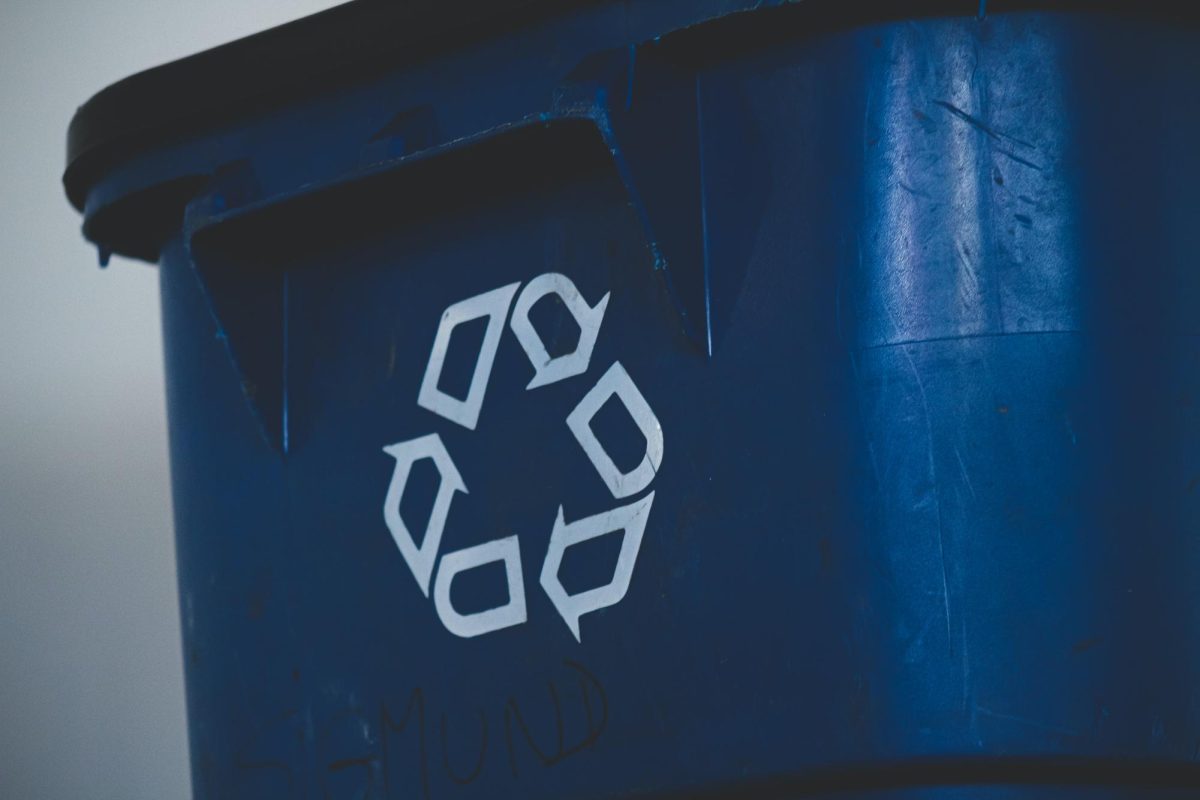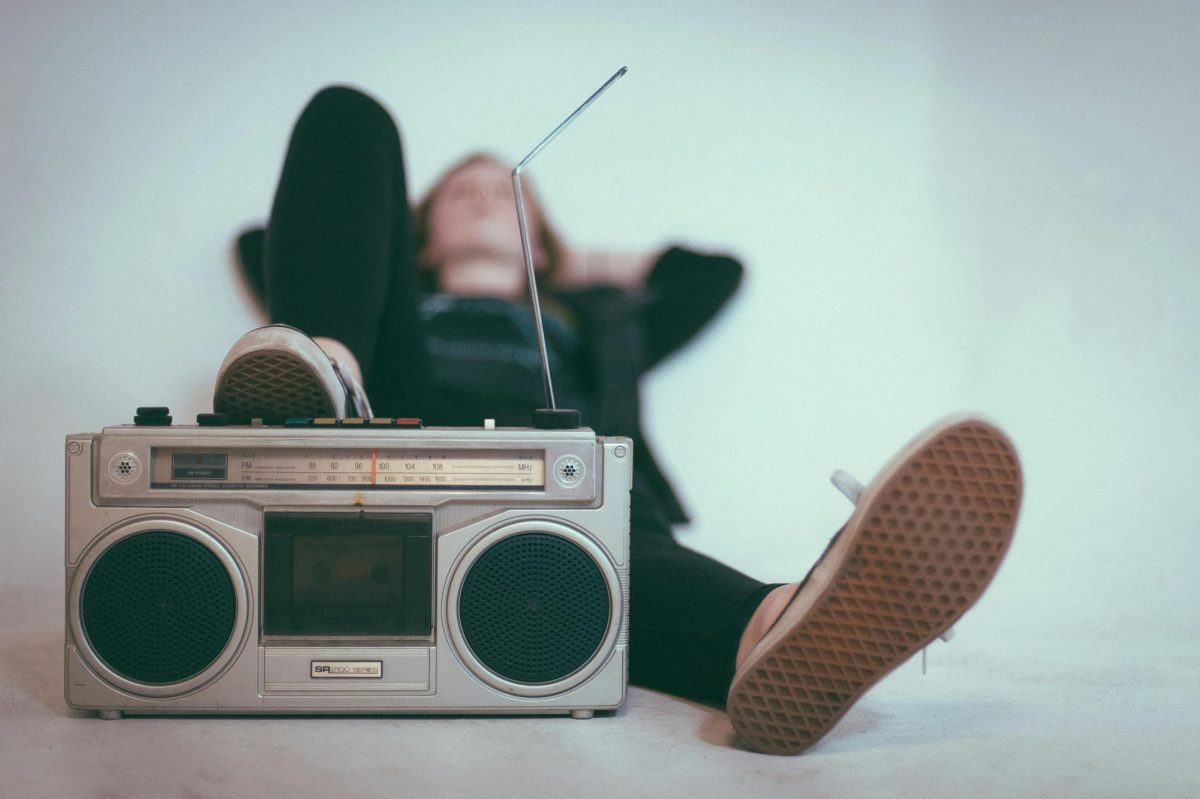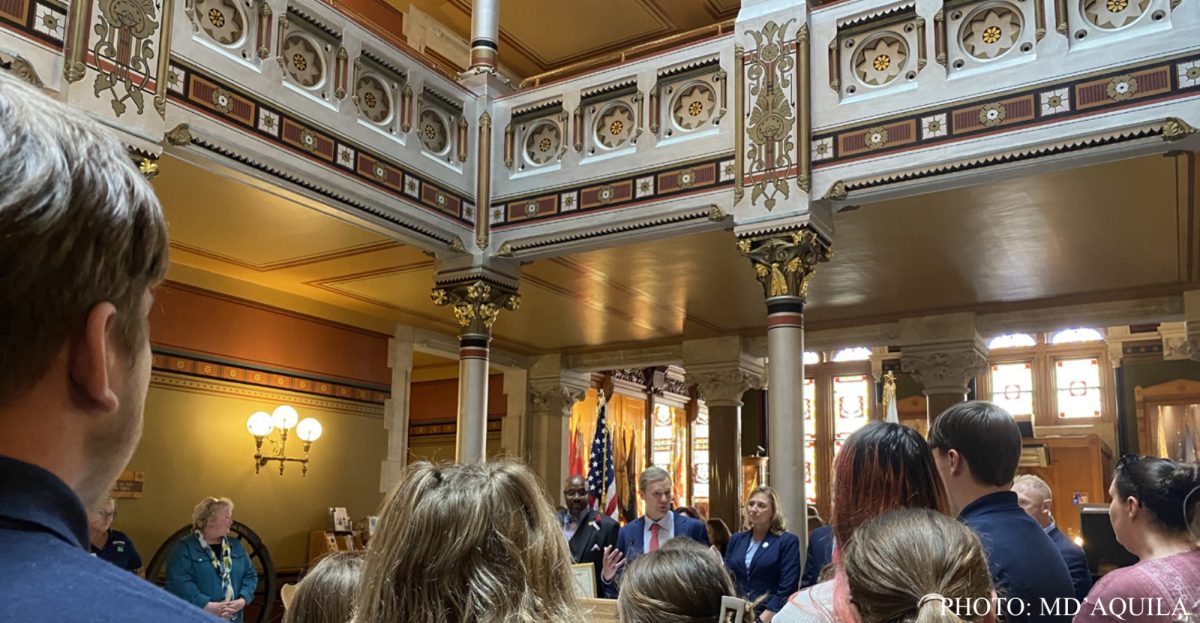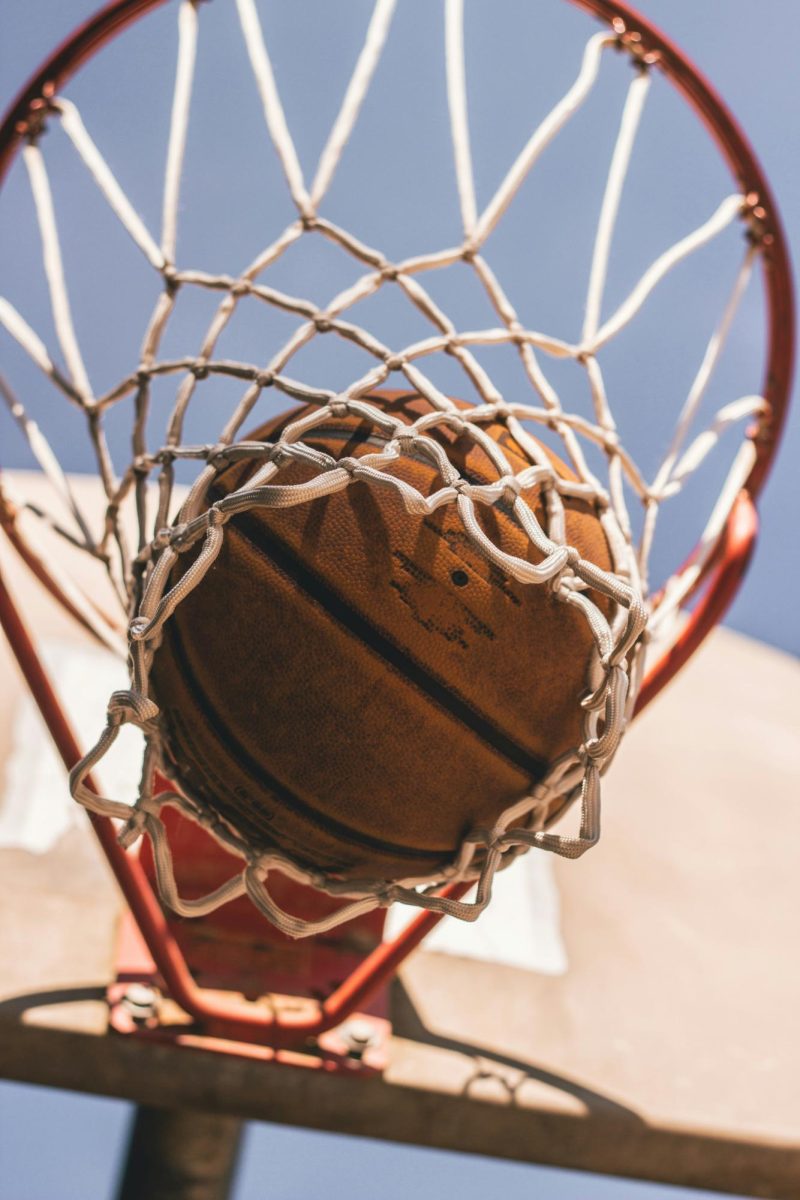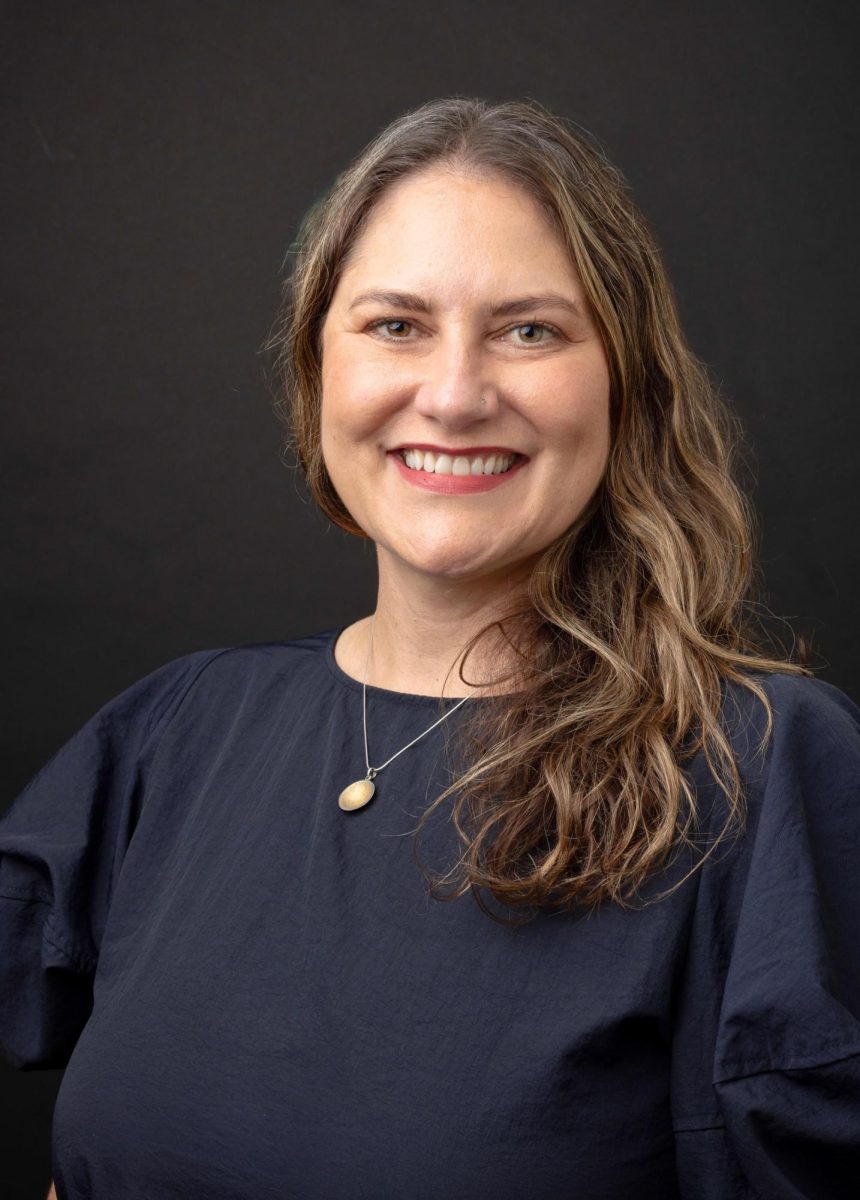You’re probably used to rolling your recycling can down to the curb every other Wednesday. The trucks come pick it up, and that’s where your journey ends. However, your recycling still has a long way to go.
Once that truck gets full, it goes up to Willimantic, or you can also bring it free of charge to the station on Roxbury Road.
From Willimantic, the recycling gets sorted and processed to be shipped out to larger companies that then create the recycled goods we see in stores.
“In the state of Connecticut, the price of recycling has increased because of the process of labor and processing and all that, but recycling is still the right thing to do,” Director of Public Works and Regional Trash Authority president Joe Bragaw said.
In ELHS, the recycling follows the same process.
“In the high school, there are the typical blue bins that collect paper, cardboard, and other recyclables in classrooms and offices,” Director of Facilities and Maintenance Chris Lund said. At ELMS and ELHS, anything that’s not recyclable gets compacted and picked up by commercial haulers. At the elementary schools, they have the regular trash and recycling bins.
“I’ve noticed that there are certain materials inserted in trash cans, like paper and posters, that could’ve been easily recycled, but it isn’t since it’s not as accessible, so people aren’t recycling,” Ecology Club president senior Aranza Torres said.
Torres notices that recycling bins are sometimes missing from a classroom or office.
“At one point in time, there should have been a regular trash receptacle and recycling receptacle in every classroom,” Mr. Lund said. While there may be some difficulty, there may also be some lack of effort.
Recycling is a common occurrence in both households and large companies, but composting is not as common.
Composting is the act of taking food scraps or other compostable waste and turning it into dirt that’s usable in gardens or farms. It is another form of recycling and helps the environment by limiting waste produced.
“There are only a couple places in Connecticut that compost on a commercial scale,” Mr. Lund said. While ELHS does not compost currently, there are hopes for the future as the town opens up to the idea of composting.
“We are working on starting a food composting program to bring larger levels of food waste out of the waste stream so that people can use it in their gardens,” Mr. Bragaw said.
Busting Common Recycling Myths
MYTH: “Recycling just becomes trash”
Although contamination can make some materials unfit for recycling, recycling companies work hard to salvage materials and find reusage opportunities. Some materials end up in landfills because they shouldn’t have been recycled in the first place- it’s important to know what can’t be recycled.
MYTH: “Everything is reused after being recycled”
While 70-80% is reused and sent to other facilities to package, the other 20-30% is trash that was misplaced into the recycling can.
MYTH: “The symbols on plastics don’t mean anything”
The pointed arrows on the bottom of plastics represent the quality of the plastic. Often when sorting, companies that reuse plastic require higher quality plastic.
MYTH: “If you put one piece of recyclable material in your trash can, the whole can has to be thrown out”
Your can is still recyclable, and it is able to be sorted by the machine. However, if food-containing products spill, the contaminated pieces must be thrown out, thus devaluing the recyclable materials inside.
MYTH: “Clothing is recyclable”
Clothing cannot be simply put into the regular recycling cans at your house, instead, they can be brought to GoodWill, or other bins found across the town designated for clothing collection.
